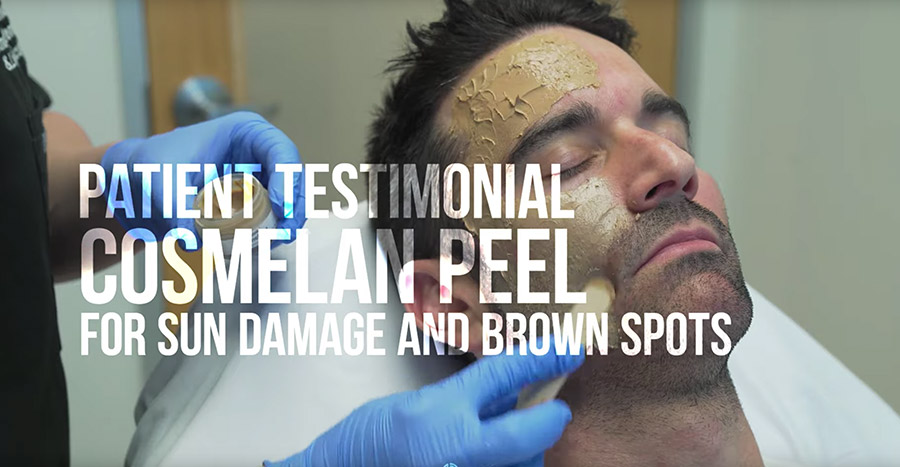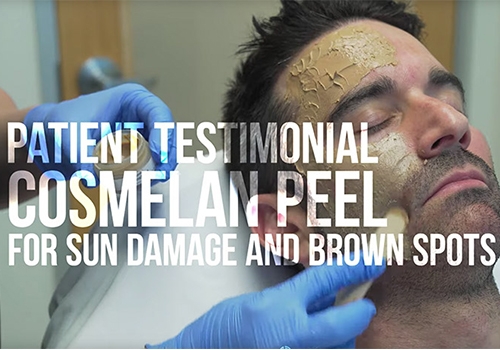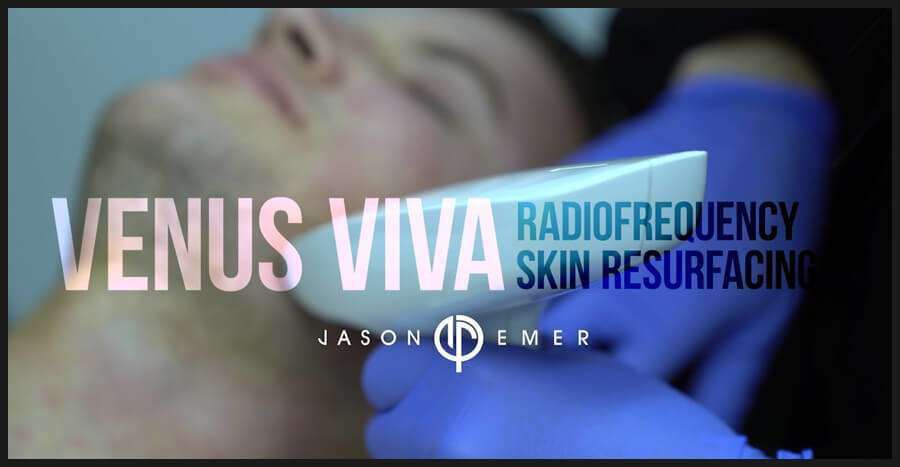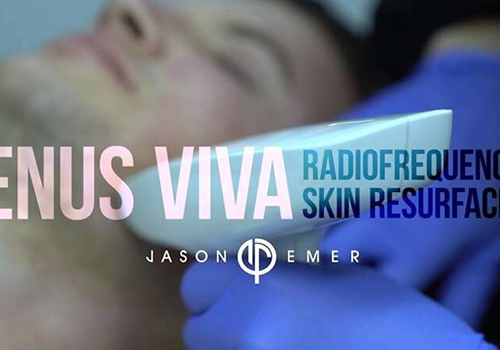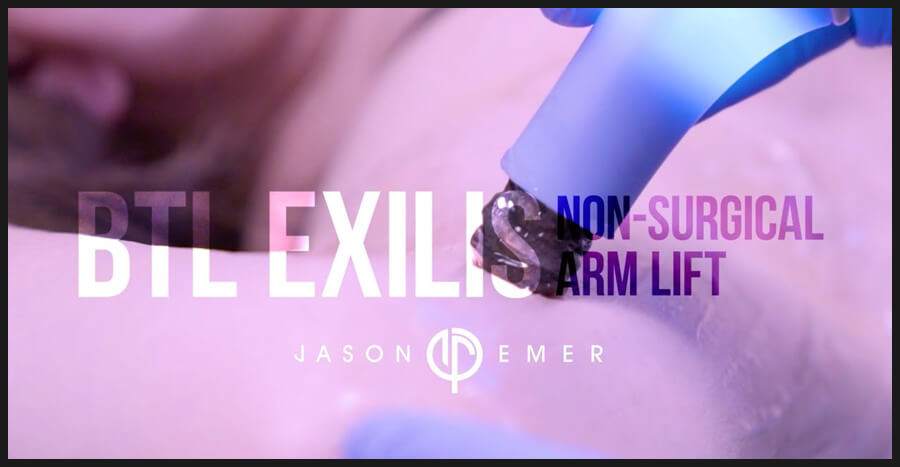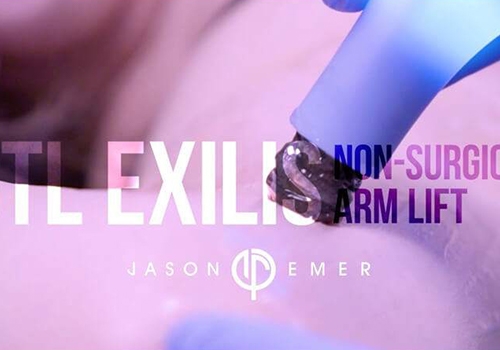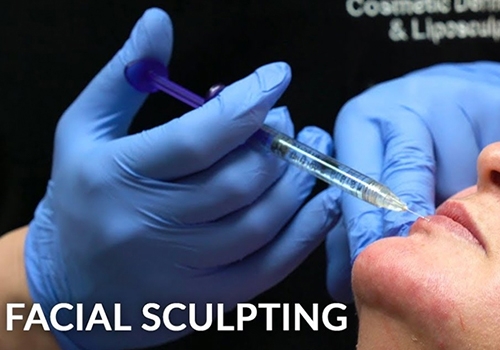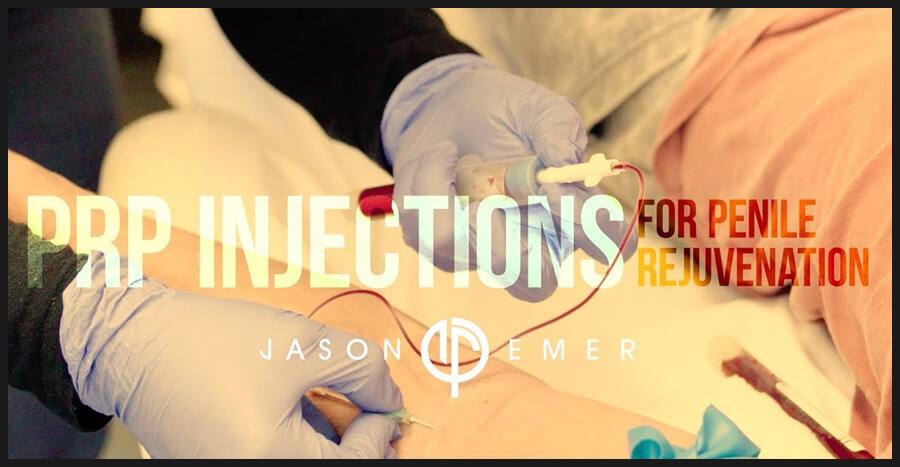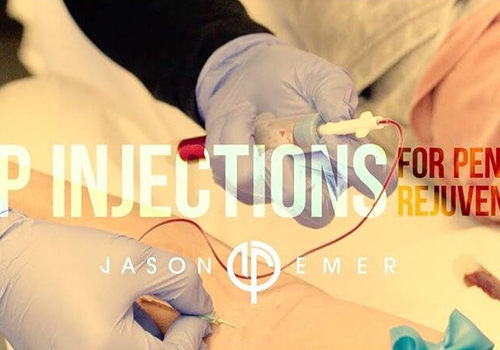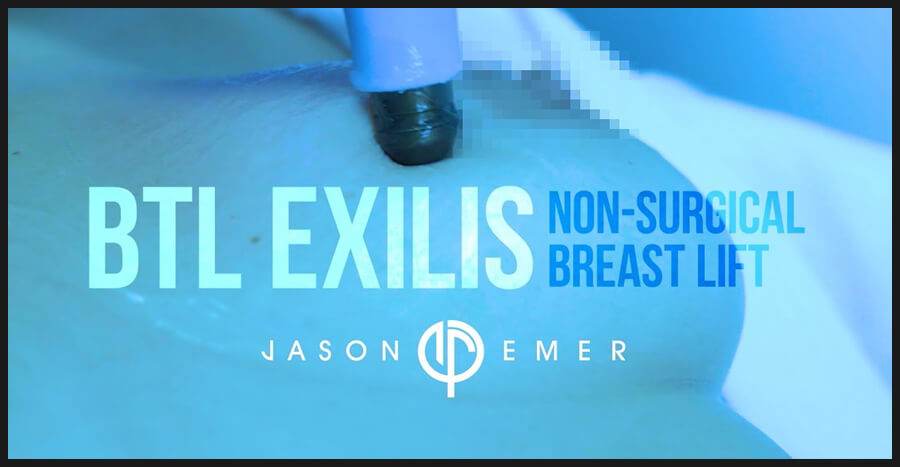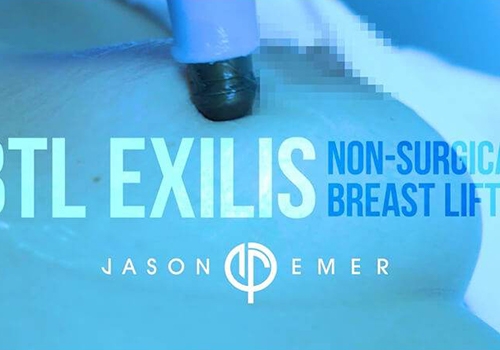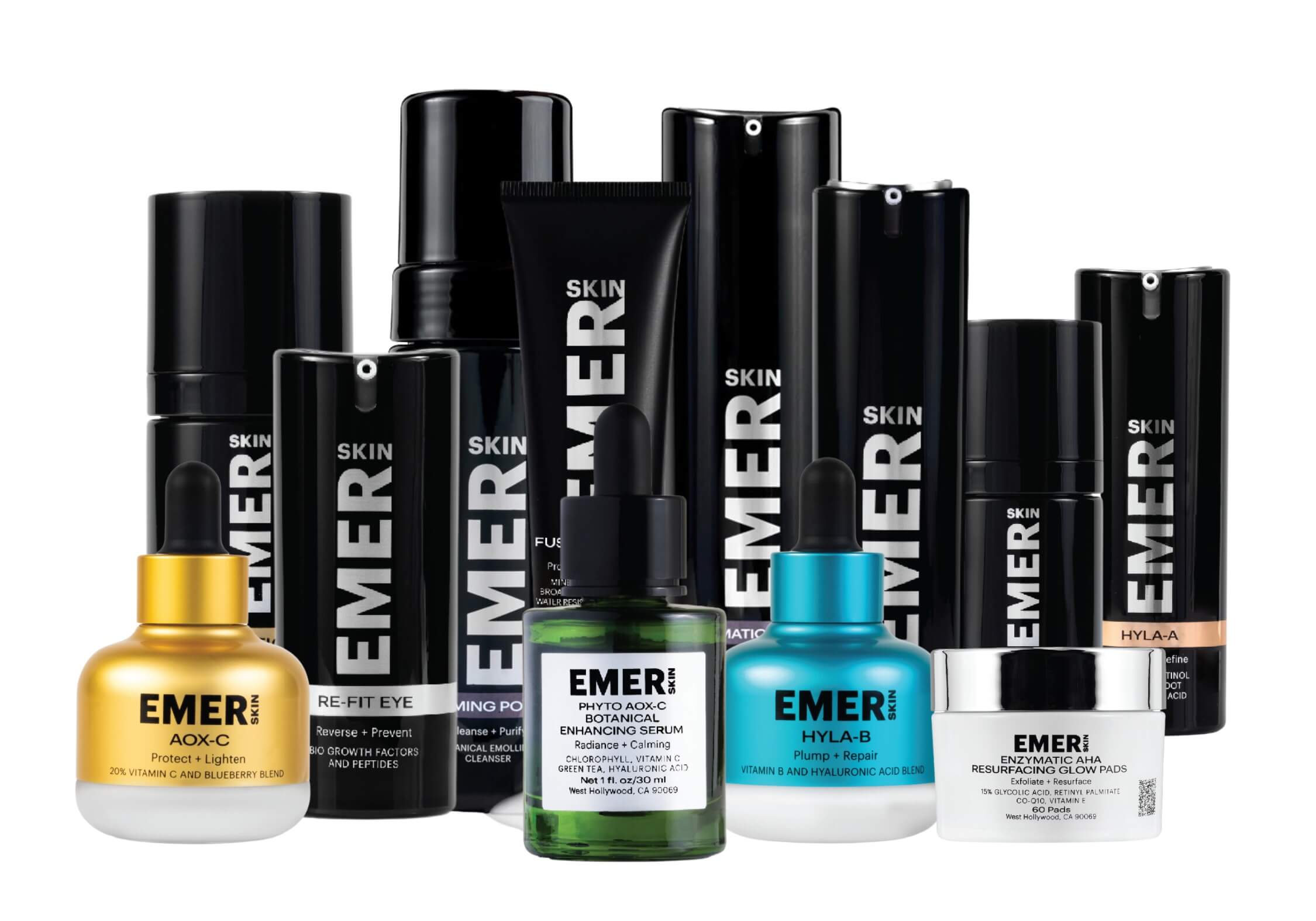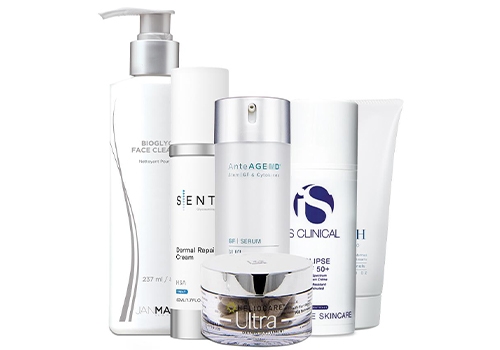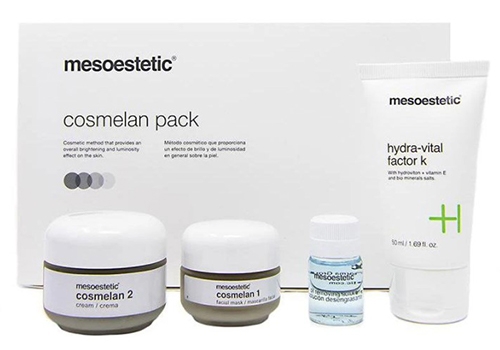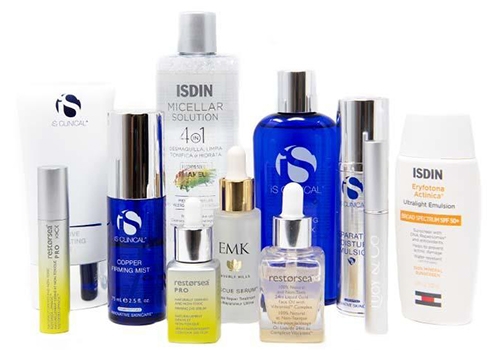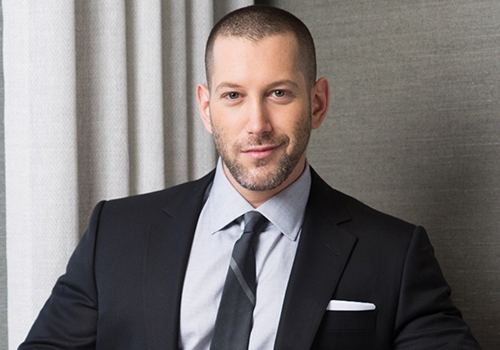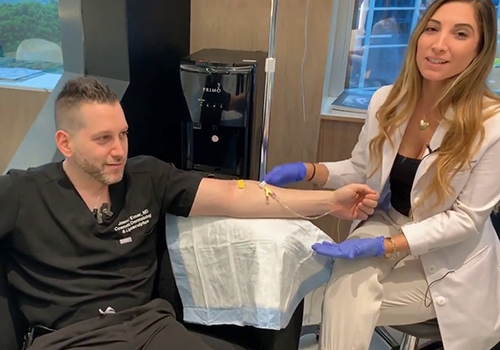REVISION RHINOPLASTY
Conveniently located to serve Beverly Hills, Hollywood, Los Angeles, NYC, and Miami.
When performed by a qualified facial plastic surgeon, rhinoplasty, or nose surgery, can provide dramatic cosmetic and functional improvements. However, some rhinoplasty procedures do not deliver a patient’s desired results. In these cases, a revision rhinoplasty is often the best way to achieve the patient’s treatment goals.
WHAT IS REVISION RHINOPLASTY?
Revision rhinoplasty, or secondary rhinoplasty, is a surgical procedure to correct undesirable results from a previous nose job surgery. In addition to addressing botched rhinoplasty outcomes, revision rhinoplasty can be performed if injury or trauma damages a patient’s nose job results.
Rhinoplasty is a challenging surgery, and revision rhinoplasty is even more complex due to scar tissue and previous alterations to the nasal cartilage.
RIGHT FOR YOU?
AM I A GOOD CANDIDATE FOR REVISION RHINOPLASTY?
Candidates for revision rhinoplasty are patients who are unhappy with the outcome of one or more previous nose surgeries. As with any plastic surgery, candidates must be in good overall health. Patients must also be realistic in their expectations for this procedure.
A patient cannot be a candidate for revision rhinoplasty until the nose is completely healed from the prior rhinoplasty. This process can take a year or more. If there is swelling or other indications that healing is still in progress, your candidacy for revision rhinoplasty will be determined after these conditions have resolved.
A consultation is the best way to find out if you are a candidate. During your consultation, the details of your previous procedure(s) will be reviewed, the nasal structure and tissue will be thoroughly examined, and we will speak with you about your treatment goals.
Based on the information gathered in this process, we can determine if revision rhinoplasty is a safe and effective treatment for you. You will be able to ask any questions you may have about your revision nose surgery in your consultation as well.
PROCEDURE DETAILS
WHAT CAN REVISION RHINOPLASTY TREAT?
This surgery can address cosmetic and functional concerns with the nose. Cosmetic reasons for a revision rhinoplasty include:
- Dents and/or bumps in the bridge area
- Overly sharp or pointed nasal tip
- A droopy nasal tip
- Too much or too little angle in relation to the upper lip
- A rounded or humped look
- A scooped look
- Asymmetry
Difficulty breathing is a common functional reason patients seek a revision rhinoplasty. Nasal breathing complications may be due to:
- Deviated septum
- Nasal collapse
- Nasal obstruction
PROCEDURE DETAILS
WHAT TO EXPECT DURING REVISION RHINOPLASTY
The specific details of your procedure will be explained during your consultation. We will make sure you know what to expect on the day of your surgery regarding:
Anesthesia will be administered to keep you comfortable during surgery. General anesthesia is typically recommended, though we will work with you to determine the best option for your needs.
Revision rhinoplasty can involve internal and external incisions.
After the incisions are made, the bone and cartilage can be reshaped to improve the appearance of the nose and resolve obstructions and other issues that impede nasal breathing.
If there is not sufficient nasal cartilage to rebuild the nasal structure, cartilage grafting may be needed. revision rhinoplasty with rib grafting is often performed. This approach uses the patient’s own rib cartilage to create and support the new nose shape.
Sutures will be used to secure your new nasal contours and to close the incisions.
PROCEDURE DETAILS
REVISION RHINOPLASTY RECOVERY
After your procedure, it is crucial that you follow all post-operative instructions to protect the area and ensure optimal healing. Plan for a week of downtime with limited activity immediately after your revision rhinoplasty.
Often, an external nasal splint will be placed around the nose to stabilize your new nasal structure. Exterior splints are usually removed after a week. Some patients will require internal packing as well.
For most patients, visible swelling and bruising subsides after about a week. Complete healing will take several months.
The total length of your recovery period will depend on the extent of the surgery, your body’s natural rate of healing, and how well you adhere to your aftercare instructions. Your recovery will be monitored and you will be advised when you can safely return to work and other activities.
PROCEDURE DETAILS
REVISION RHINOPLASTY RESULTS
Revision rhinoplasty can provide long-lasting cosmetic enhancement and improvements in nasal breathing. As with primary rhinoplasty, it can take 12 months or more to see the final results of a revision procedure.
IS THERE A NON-SURGICAL ALTERNATIVE TO REVISION RHINOPLASTY?
Functional complications and certain cosmetic concerns can only be resolved with surgical revision rhinoplasty. However, Dr. Emer can help many patients achieve their aesthetic goals without the need for a secondary rhinoplasty.
Dr. Emer is widely recognized for his expertise using dermal fillers for non-surgical rhinoplasty. He can often employ the same techniques to touch-up primary rhinoplasty results.
Dr. Emer’s mastery of facial sculpting with dermal fillers allows him to add precise amounts of volume to smooth out small dents and other irregularities that stand between patients and their ideal nasal contours. It is important to note that non-surgical rhinoplasty provides temporary results, and retreatment will be needed to maintain your enhanced look.
HOW MUCH DOES REVISION RHINOPLASTY COST?
Under the care of Dr. Emer in Beverly Hills, revision rhinoplasty is meticulously tailored to the needs of the patient, so the price of the procedure varies. All costs associated with your unique revision rhinoplasty will be reviewed with you once your personalized treatment plan has been developed.
SCHEDULE A CONSULTATION FOR REVISION RHINOPLASTY IN BEVERLY HILLS
Dr. Emer and his team are especially passionate about revision rhinoplasty, as the nose is a focal facial feature and an important part of the respiratory system. Patients can experience significant improvements in their quality of life as a result of achieving optimal nasal function and aesthetic nasal contours.
To find out if revision rhinoplasty is the best treatment option for you, please contact our office to schedule a consultation.

